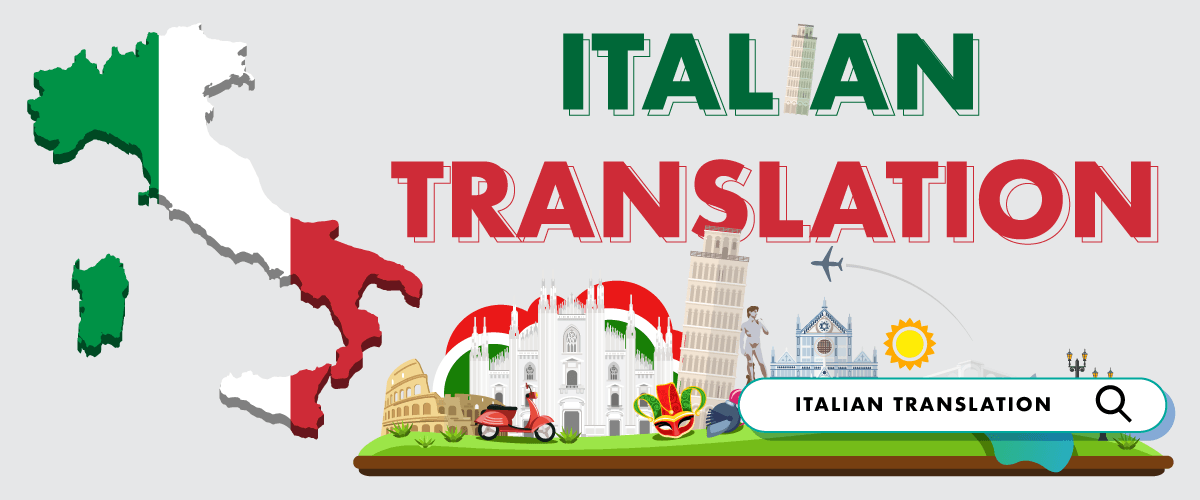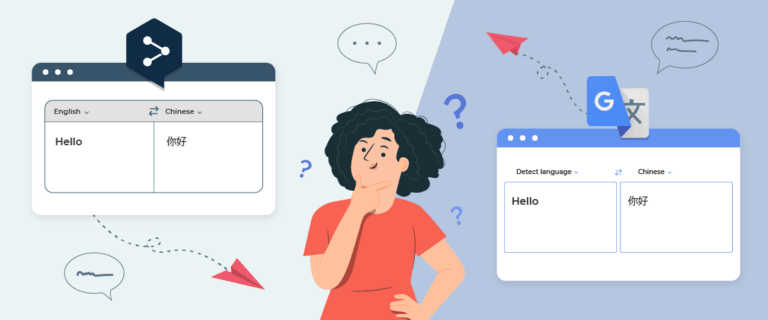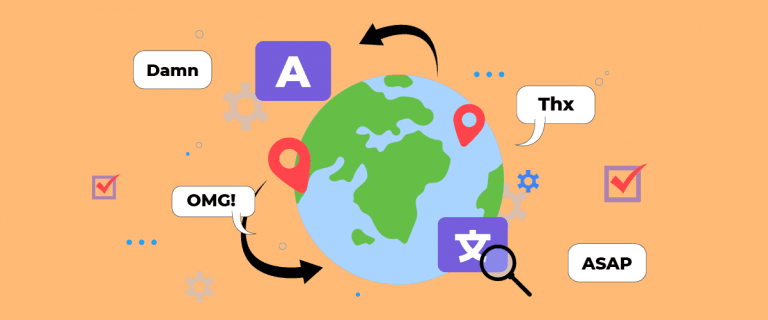Italian is one of the languages that is widely used on the European continent, this language is widely used as a mother tongue or second language in a country. The large number of Italian speakers makes you web developers need to provide translation options into that language.
This is to prepare for when Italian speakers visit your website. So, when they visit, they can easily switch languages to Italian.
However, how to make a website so that it has translation options into several languages, one of which is Italian.
So, in this article, we will discuss how to translate a website from or to Italian language. Listen to the end!
How many people speak Italian?
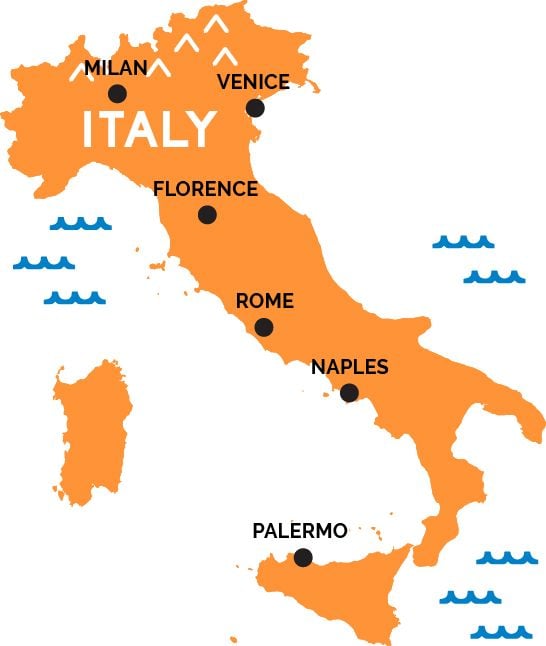
Have you ever wondered how many people speak Italian and in which countries this language is spoken? Italian is a Romance language with Latin roots.
Italian is used as the official language in several countries such as Italy, San Marino, Vatican City, and Switzerland.
Besides that, Italian is also widely used in several countries such as Albania, Argentina, Belgium, Canada, Brazil, and dozens of other countries.
The country with the most Italian speakers is Italy alone, with over 60 million speakers. In addition, an additional 3 million people speak Italian as a second language. This shows how much influence and appeal the Italian language has for so many people outside the native-speaking community.
The existence of the Italian language in these countries can be seen as a result of the history of migration, cultural relations, and Italian influence which has spread to various parts of the world.
Benefits of website translation to Italian language
Translating websites into Italian can provide several benefits for you and your website. Here are some of the benefits that you will get.
- Appears on search engines in Italy: when Italians search for information, they must be using Italian. In addition, when translating a website, the title, content, and URL will also be translated. Therefore, when they search, it is more likely that your website will appear in their search results.
- Reach Italian-speaking audience: providing Italian is able to attract an Italian-speaking audience to visit your website. Moreover, Italian is used in various European countries, this will make your website traffic even higher.
- Increase business performance or sales: for those of you who have a business, the more audience that visits, the more opportunities for product sales will increase. So that your customers are not only from your country but from other countries thanks to website translation.
- Enhanced credibility and trust: when a website is available in Italian, it shows a commitment to serving Italian-speaking customers. This commitment builds trust and credibility, as users perceive your brand as more accessible, reliable, and attentive to their specific needs.
- Competitive advantage: many businesses may overlook the importance of translating their website into Italian, taking the initiative to do so can give you a competitive advantage. By catering to an Italian-speaking audience, it will differentiate you from competitors who may not be targeting this specific market, allowing you to stand out and capture a larger share of your Italian-speaking customer base.
Those are some of the benefits that you will get if you translate the website into Italian. If you are interested in doing this, there are several ways how to translate a website from or to Italian language.
Make sure you understand one by one the methods below, so you know which one to use.
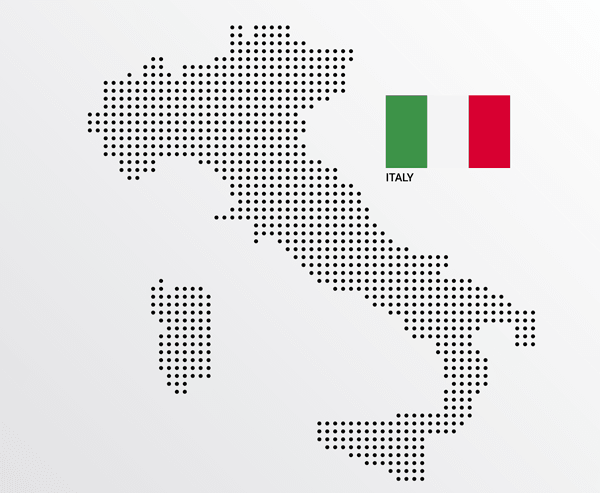
Different options for translating a website into Italian
Translating Italian can be done in several ways. The difference in the following ways depends on the needs of each web developer. Therefore, see 3 ways how to translate a website from or to Italian language.
Translate a website from or to Italian with human translation
The first way is to use human translation or use the services of a translator. This method is often considered the most accurate and reliable approach, especially for texts that are complex or require deep cultural understanding. However, human translation requires considerable time and money and carries the risk of human error.
Using the browser's automatic translation extension
Google Translate offers an easy way to get an instant translation of your web page into Italian by simply clicking on the Google Translate logo in the top right corner.

However, it’s important to remember that this is only a real-time conversion of the page and not original Italian content with URLs that are Italian too. Therefore, the translated page will not be indexed by search engines.
Using neural machine translation to translate Italian language
Neural Machine Translation (NMT) is an advanced form of machine learning that leverages AI to provide accurate and fluid translation between languages. NMT offers unprecedented high accuracy and batch text conversion faster than ever.
Some neural engines use statistical models to evaluate existing translations and generate new translations that embody similar language patterns. There are many tools that have utilized this neural network in the translation process, one of which is Linguise.
Linguise is an automatic translation service that utilizes neural network technology to translate into various languages. With this technology, Linguise is able to produce 97% accurate translations like human translation.
For those of you who are interested in Linguise, you should first know the reasons why you need to use Linguise to translate websites into Italian.
| NMT Translation | Human Translation | Quality | |
| English-Spanish | 5,428 | 5,550 | 97% |
| English-French | 5,295 | 5,496 | 96% |
| English-Chinese | 4,594 | 4,987 | 92% |
| Spanish-English | 5,187 | 5,372 | 96% |
| French-English | 5,343 | 5,404 | 98% |
| Chinese-English | 4,263 | 4,636 | 92% |
Why use Linguise to translate a website from or to Italian?
Linguise has many interesting and useful features that you can use to support translations from or to Italian. Here are some of them.
- Support 80+ languages, including Italian: Linguise provides 85 state languages, one of which is Italian. You can add all of these languages to the website without any usage restrictions.
- 100% SEO support: SEO support for a translation service is an important thing that must exist. With SEO support, you can optimize your content or website for search engines so that you can reach a wider audience.
- Live-editor translation: the live editor feature is capable of manually translating websites by humans, in this case, the website owner himself or hiring a translator. That way, if there are translation results that are still not suitable, you can replace them manually.
- High accuracy until 97%: Linguise uses neural network technology which provides human-like translation results. So to perfect the translation, you only need to edit the remaining 3% to make it perfect.
- Advanced translation exclusion rules: sometimes there are parts that don’t want to be translated and are left as the original, such as brand names, or other things. To set this up, you can use the translation exclusion rules feature to exclude parts you don’t want to be translated.
Some of these features are expected to help you in translating the website into Italian.
How to translate a website from or to Italian language with Linguise
After knowing the benefits, ways that can be done, to the features of Linguise, this time we will try to translate a website into Italian using Linguise. Immediately, see to the end of the following explanation.
Step 1: Linguise registration to get the API key
The first step is to register to get the API key which will be attached to the website. The trick is to register for a Linguise account and then enter the Linguise dashboard that you will get.
After that, select the Settings menu > API key column > copy to the clipboard as shown below.

Step 2: Add the Italian language to your list
The next step is to add the language that will appear on the website. You can add any language you want. When finished, don’t forget to click Save to save changes.

Step 3: Install and setup the Linguise plugin
Now we turn to your website dashboard. On the plugin menu select Add plugin > Linguise > Install > Activate. Make sure the Linguise plugin is active, after that enter the Linguise settings menu then paste the API key that you copied earlier then click Apply.

After setting the API key, the next step is to set the language flag display as a language switcher on the website.
You can set the appearance of the list of languages starting from the popup, dropdown, or side-by-side. Then you can adjust the position too, make sure it’s easy for visitors to reach.
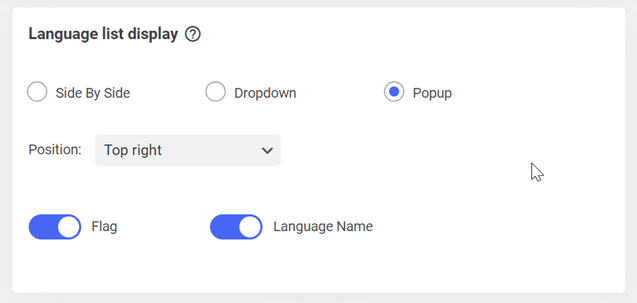
After that, don’t forget to click Save to save changes and apply them to the website.
Step 4: Your website is fully translated to the Italian language
The final step is to try translating the website into Italian. The trick is to open the page you want to translate, then click on the language switcher in the upper right corner. After that select Italian as shown below.
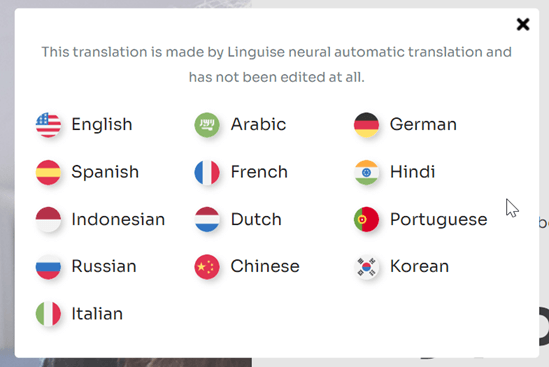
If so, then the Italian translation will appear as shown below. This process only takes less than 1 minute, all pages are successfully translated.

Now, translate the website from or to Italian with Linguise!
Now you know how to translate a website from or to Italian language. After this, it’s your turn to practice on your website. If you are interested in using Linguise as a website translation service, use the free trial version for 1 month.
You will get translation facilities of up to 600,000 words and unlimited language numbers. With Linguise, translation results into Italian are more accurate and can be done quickly.

